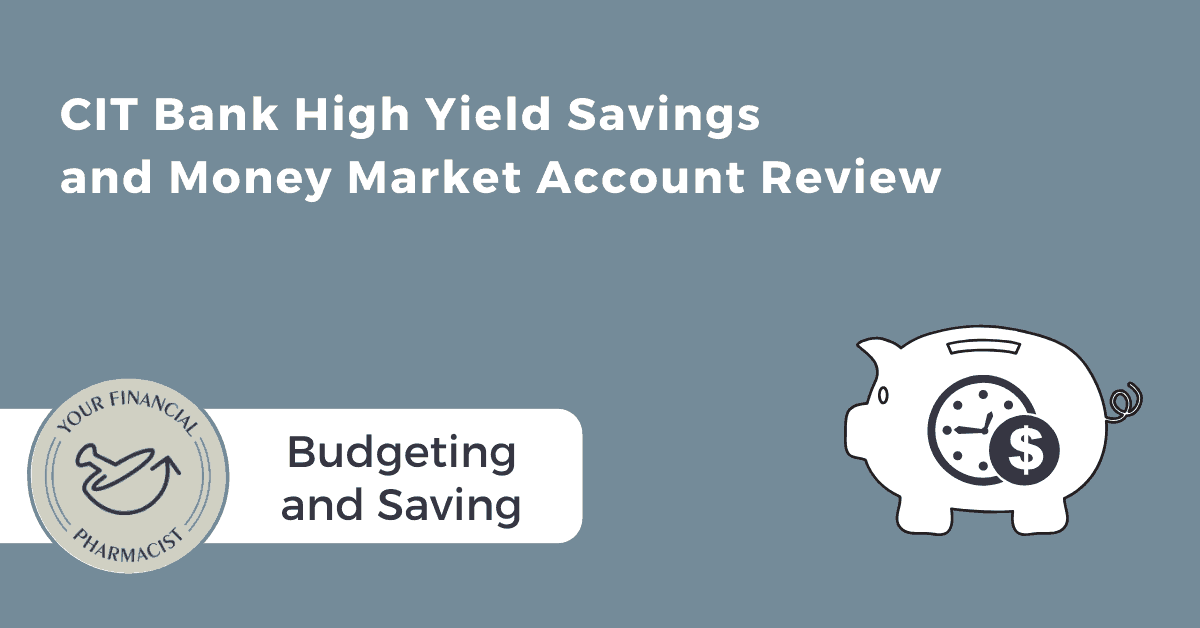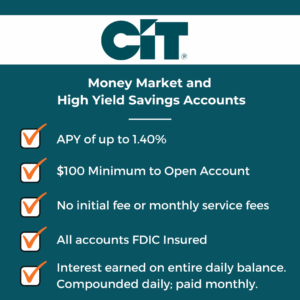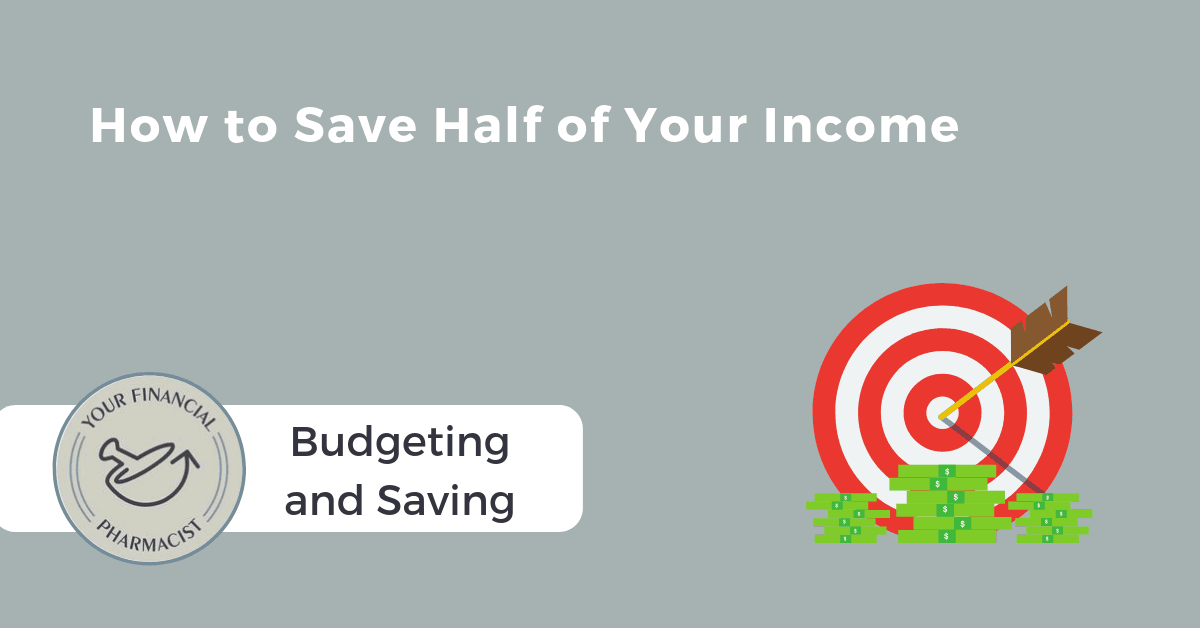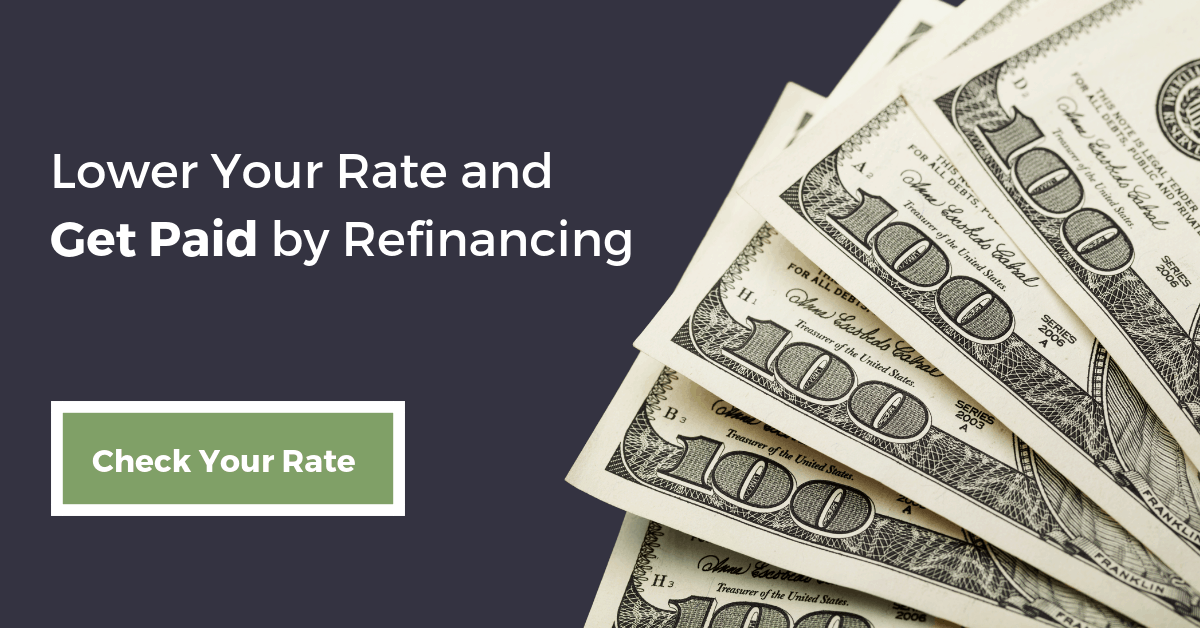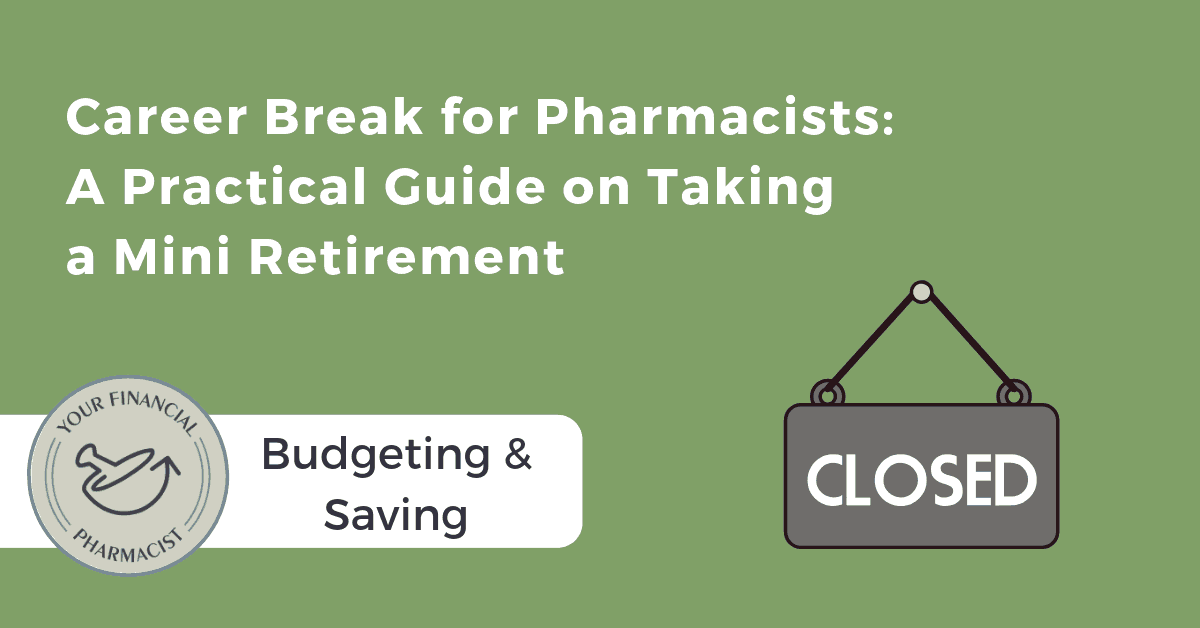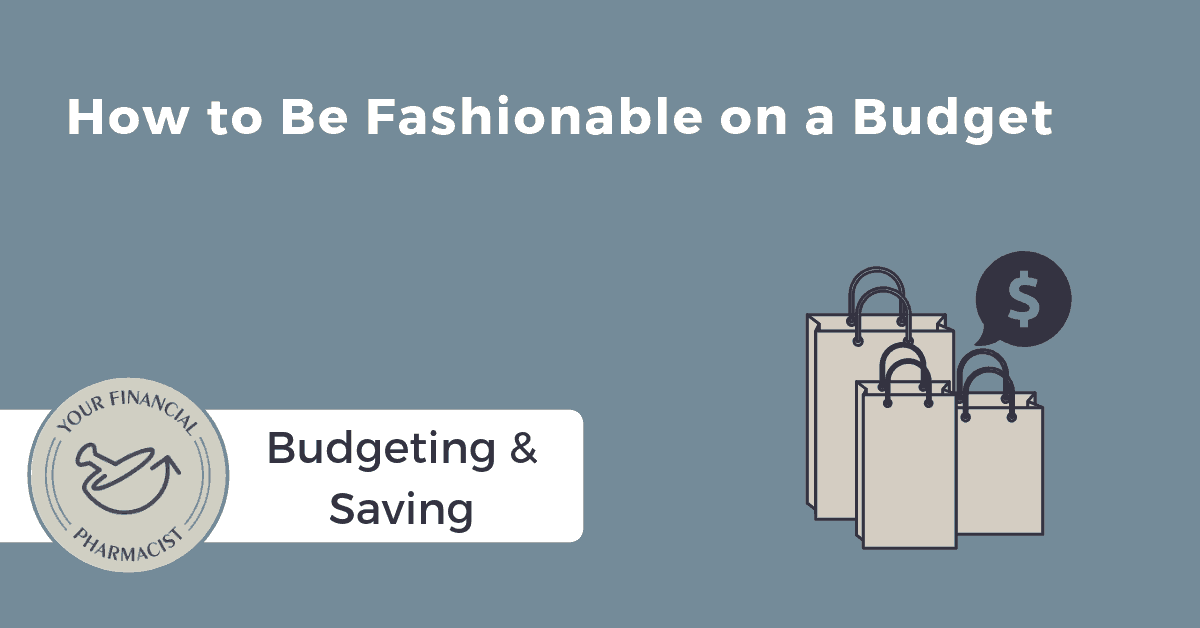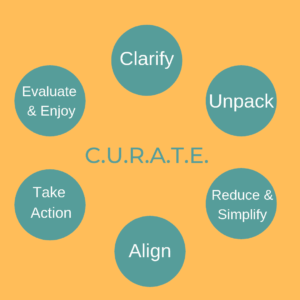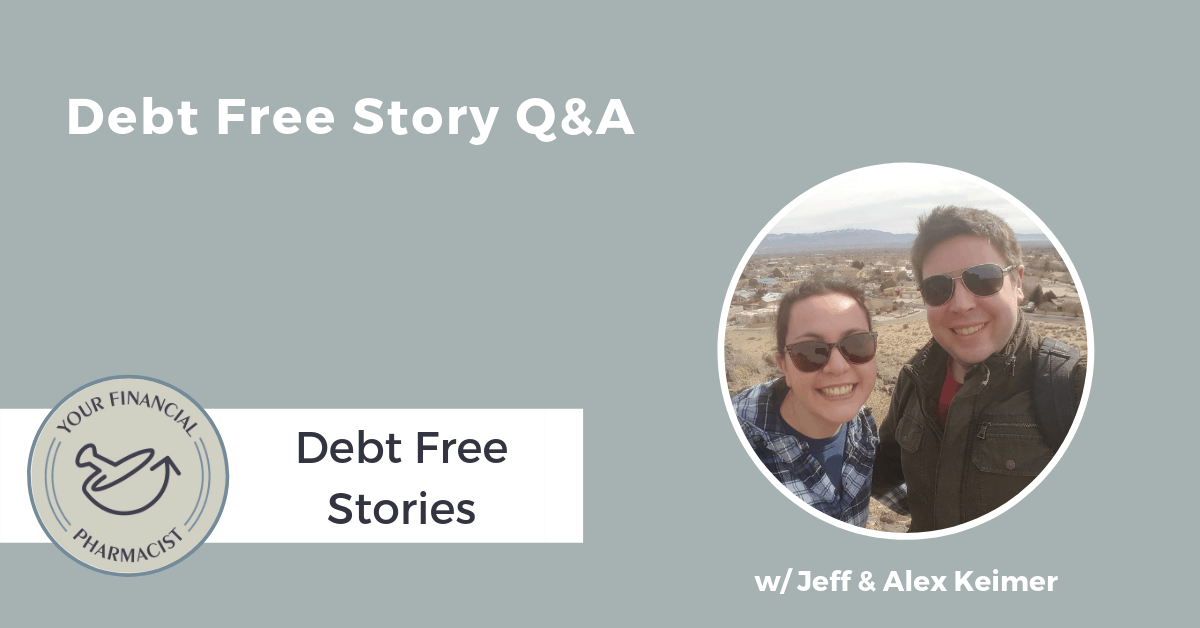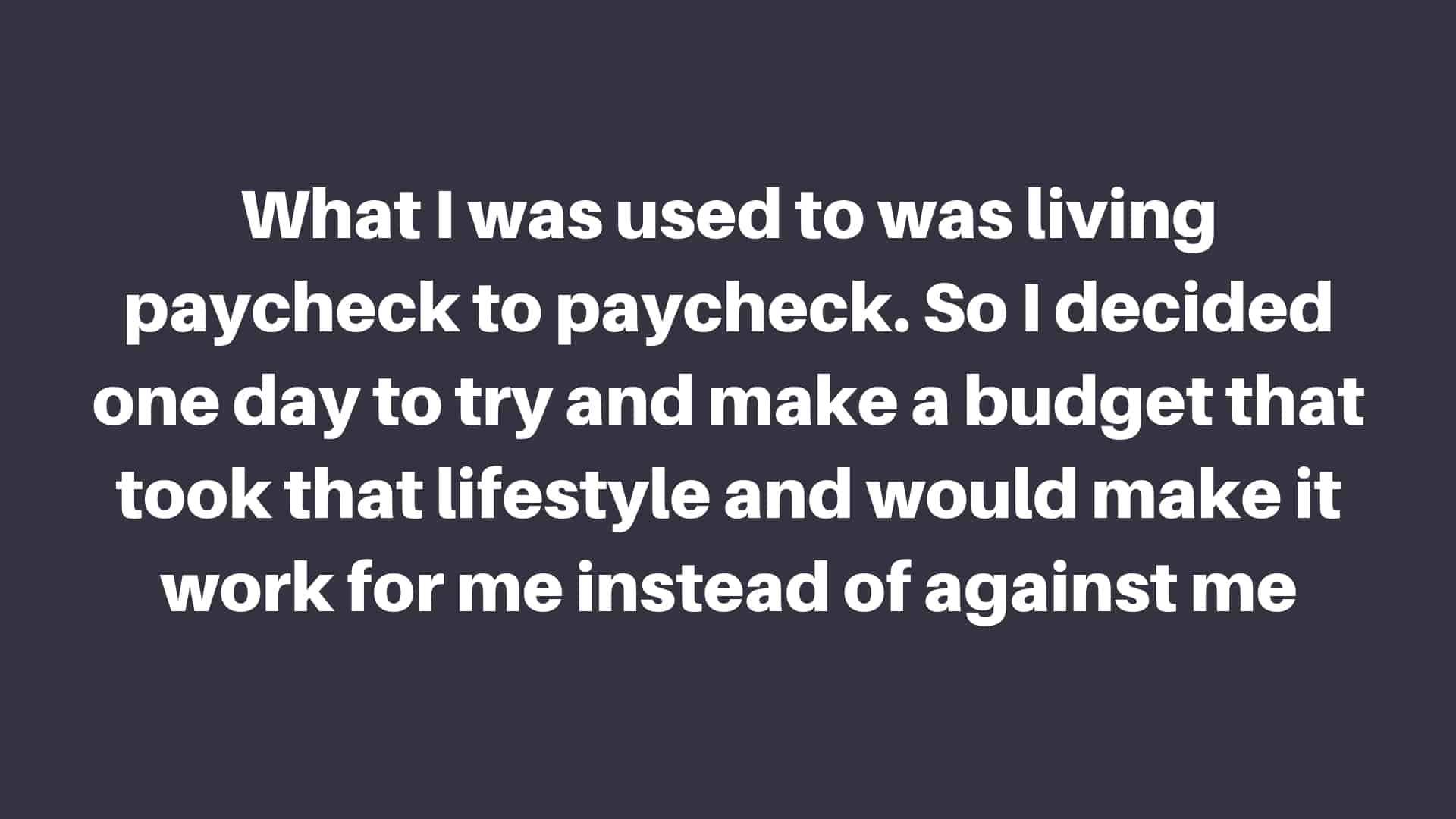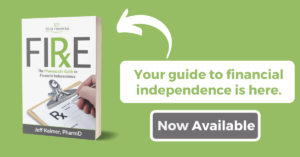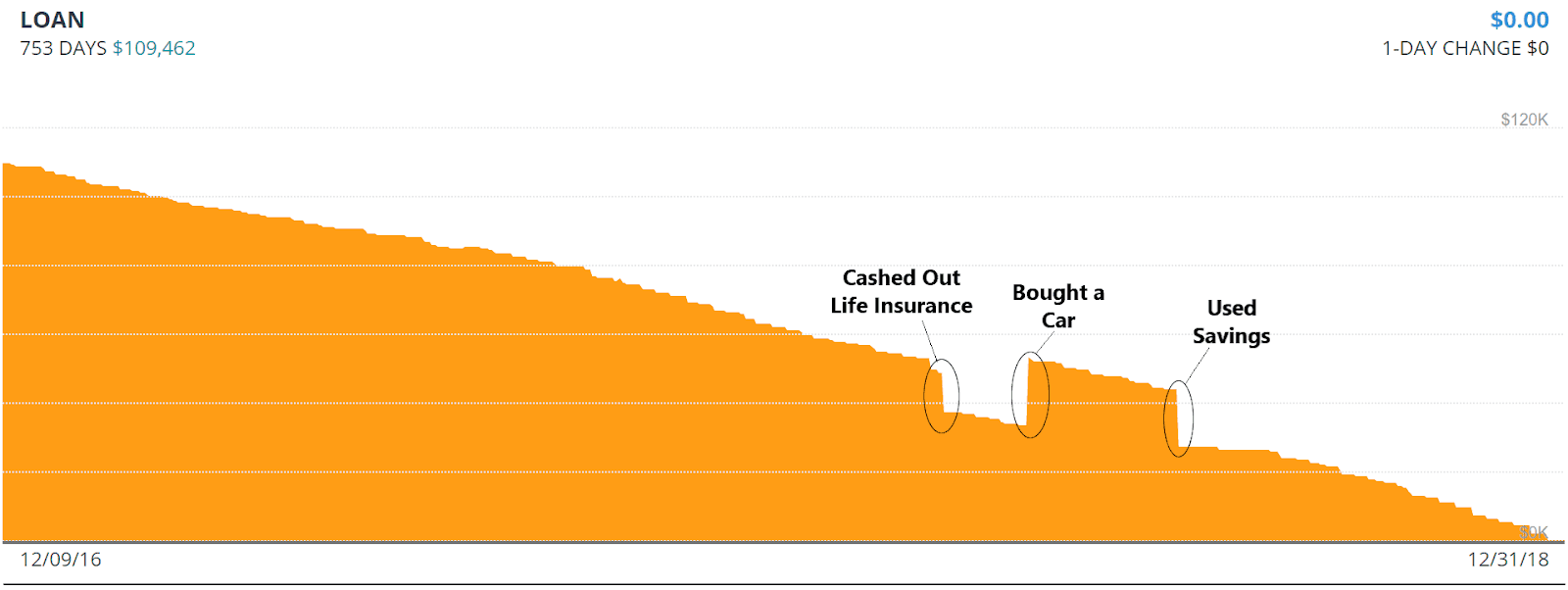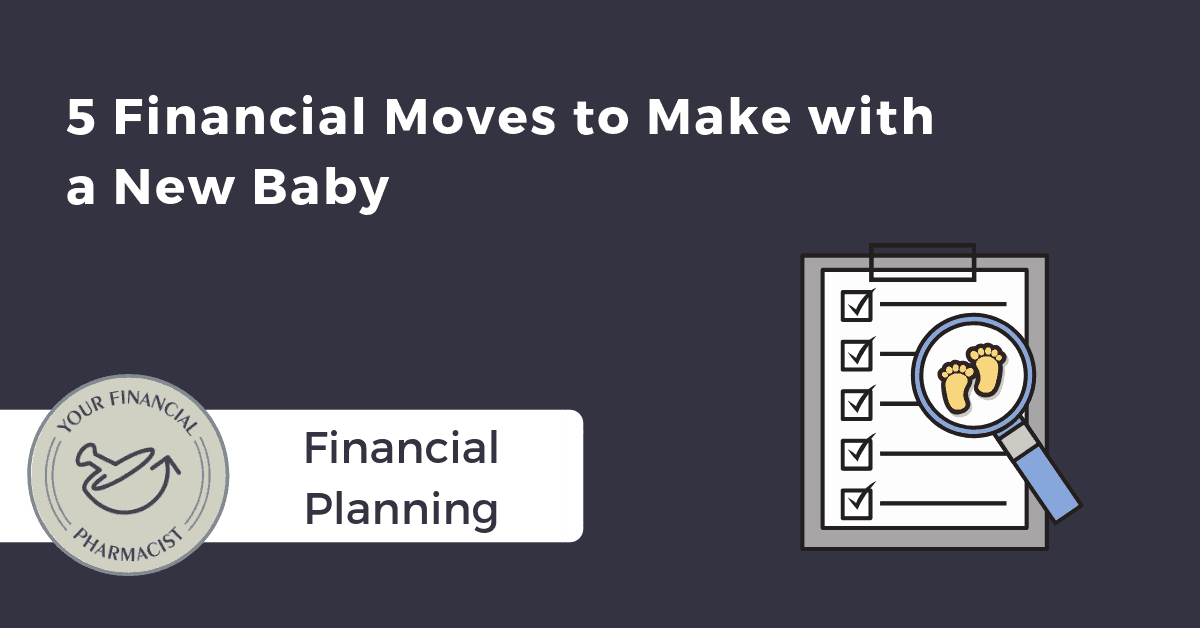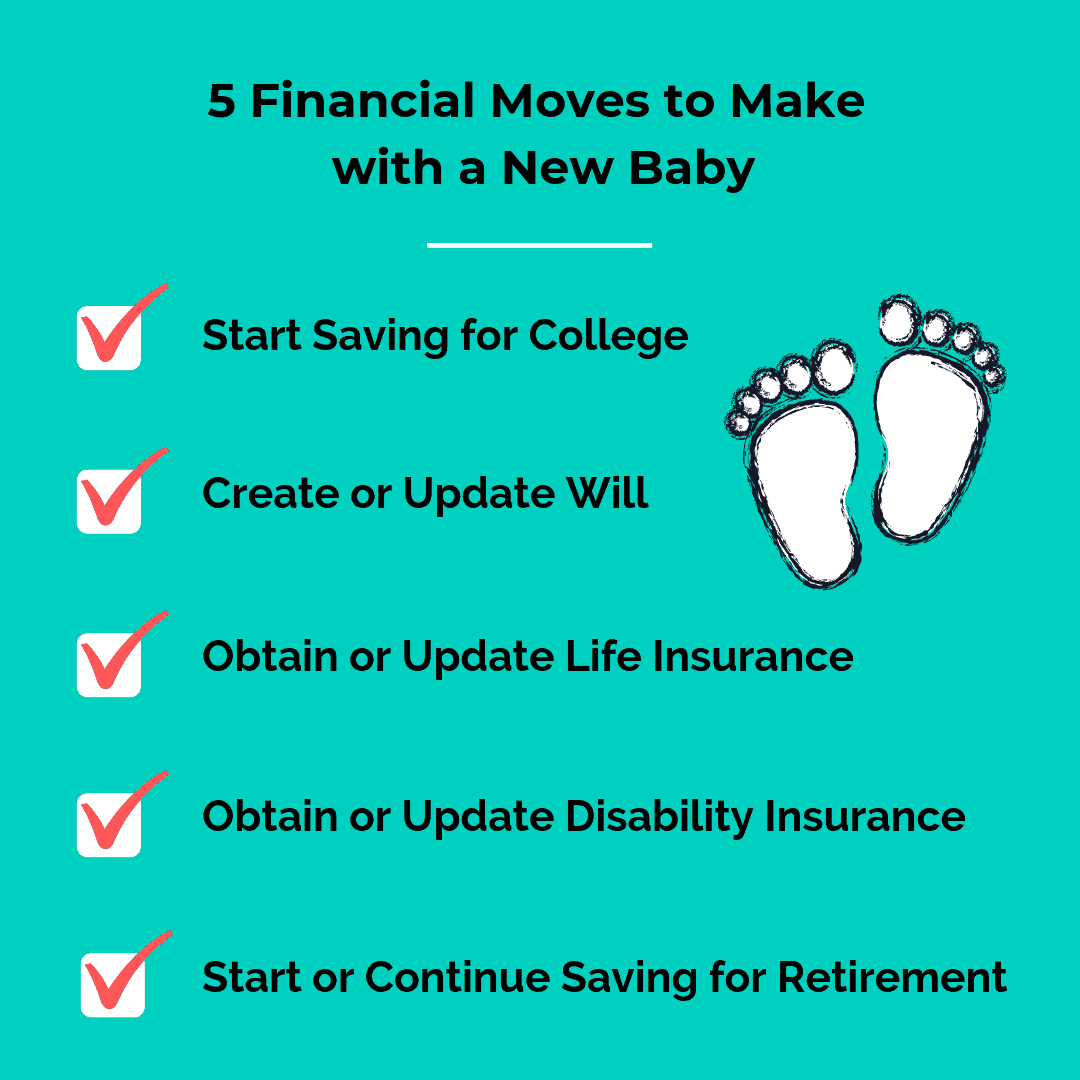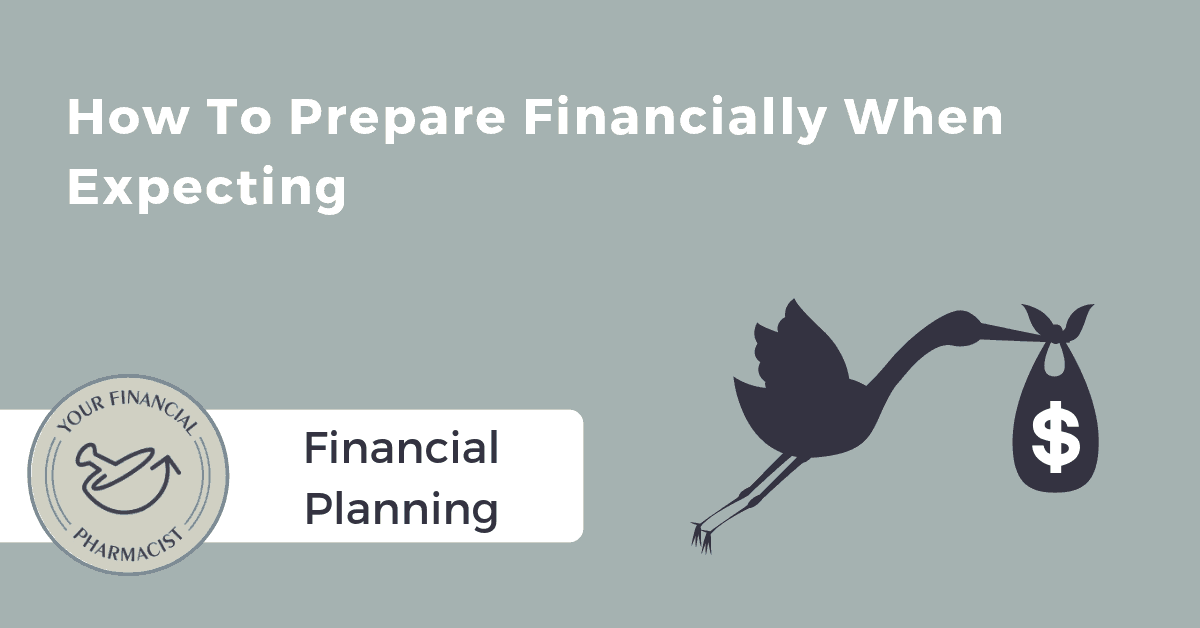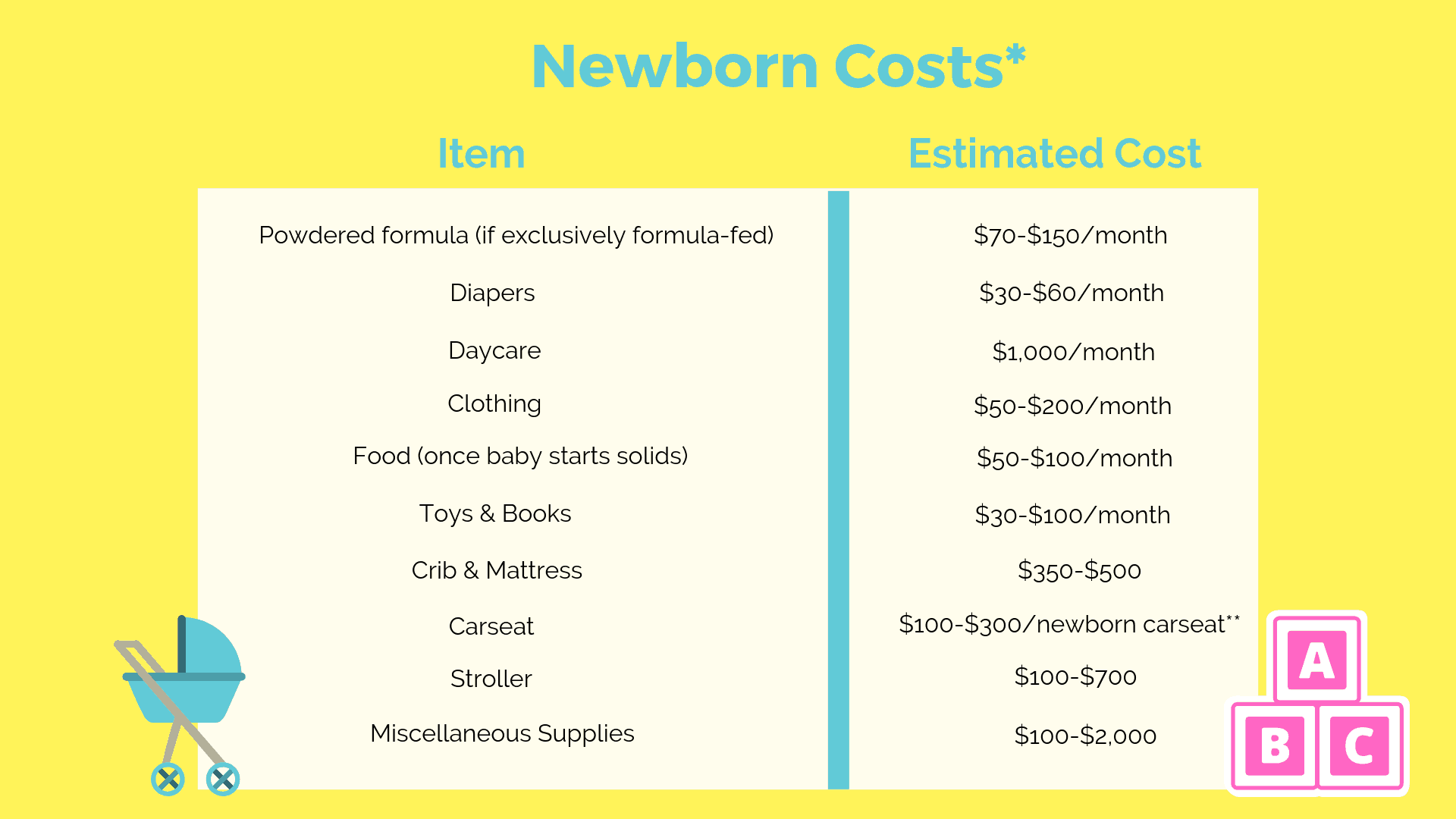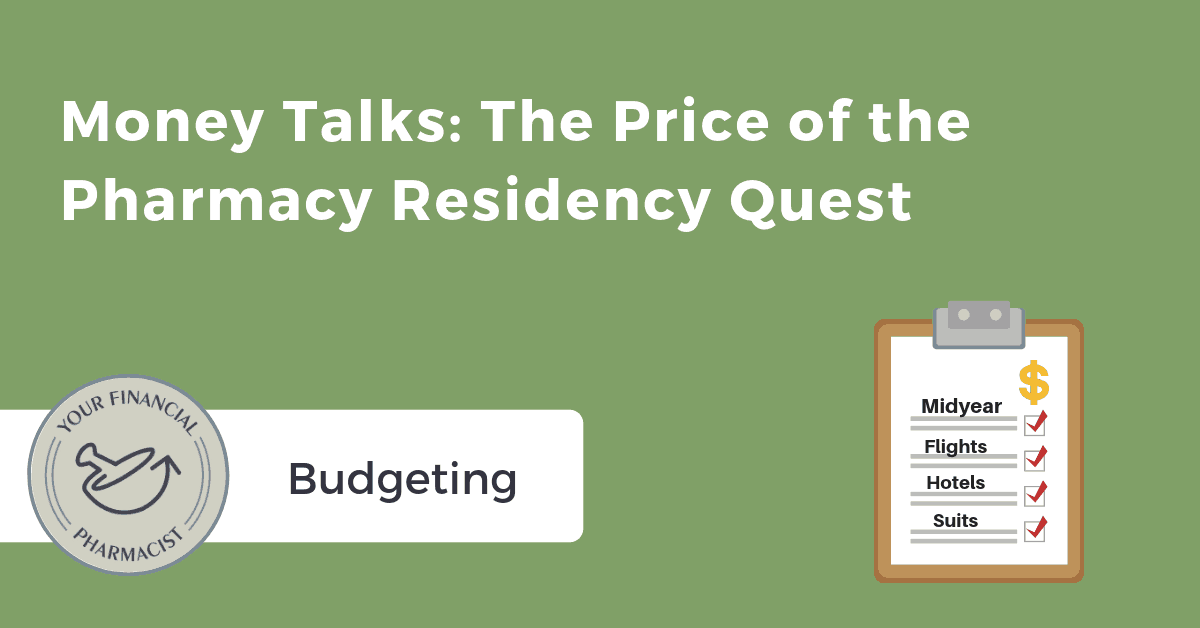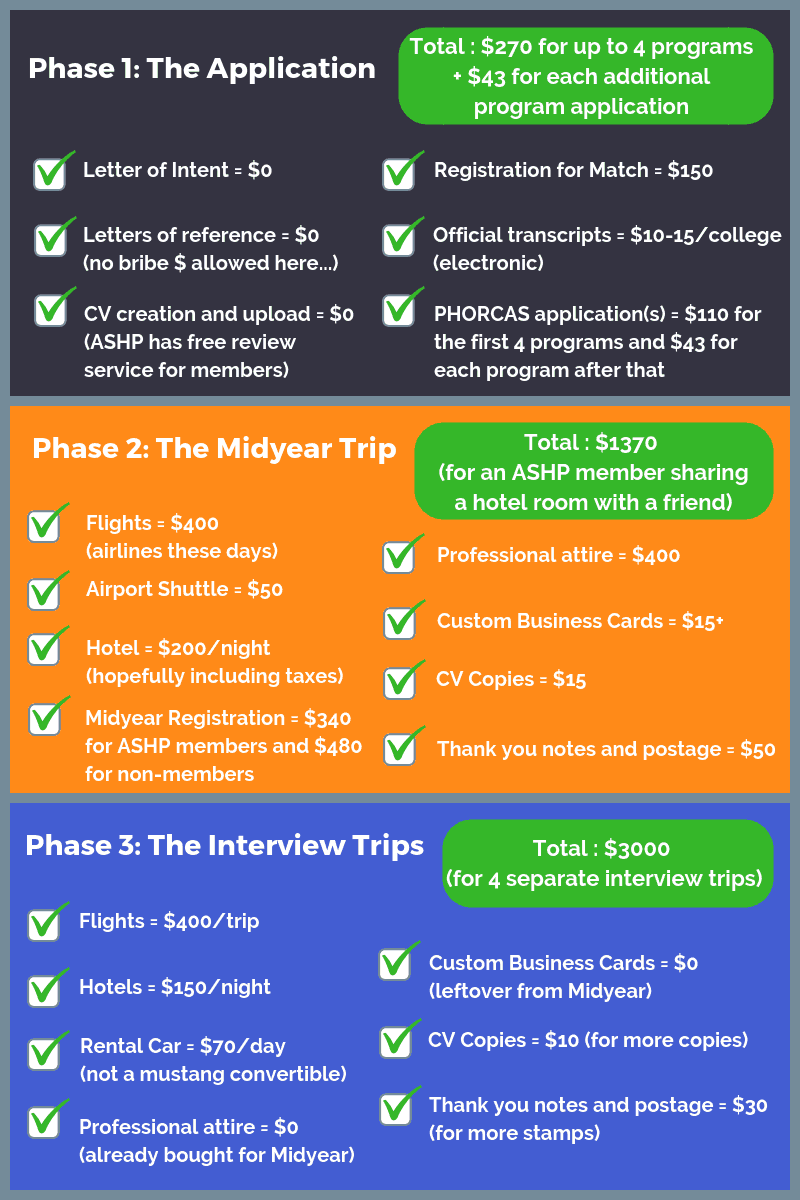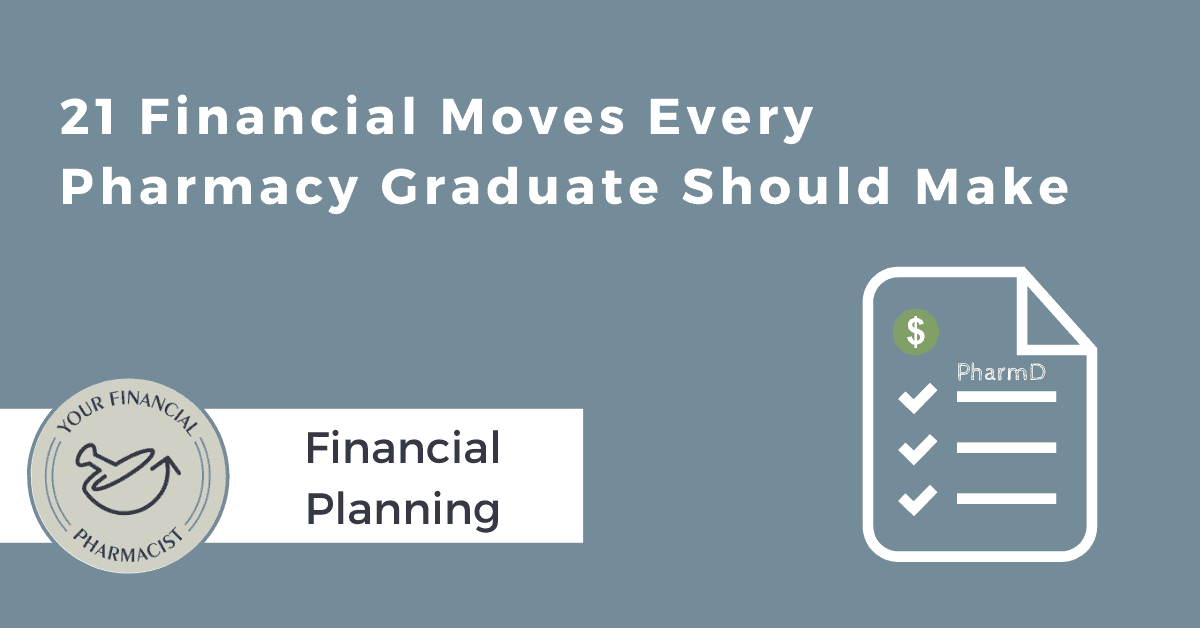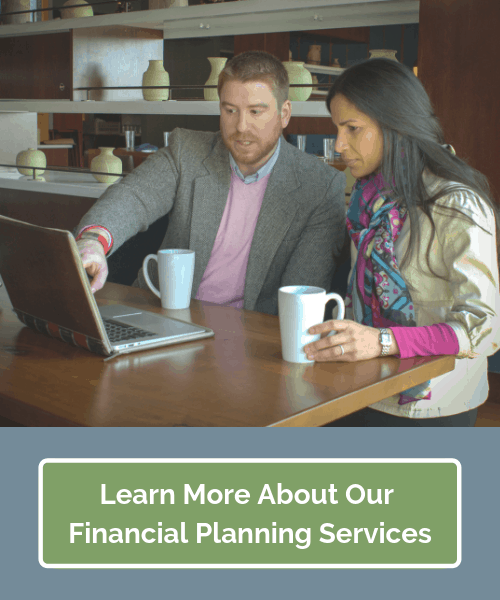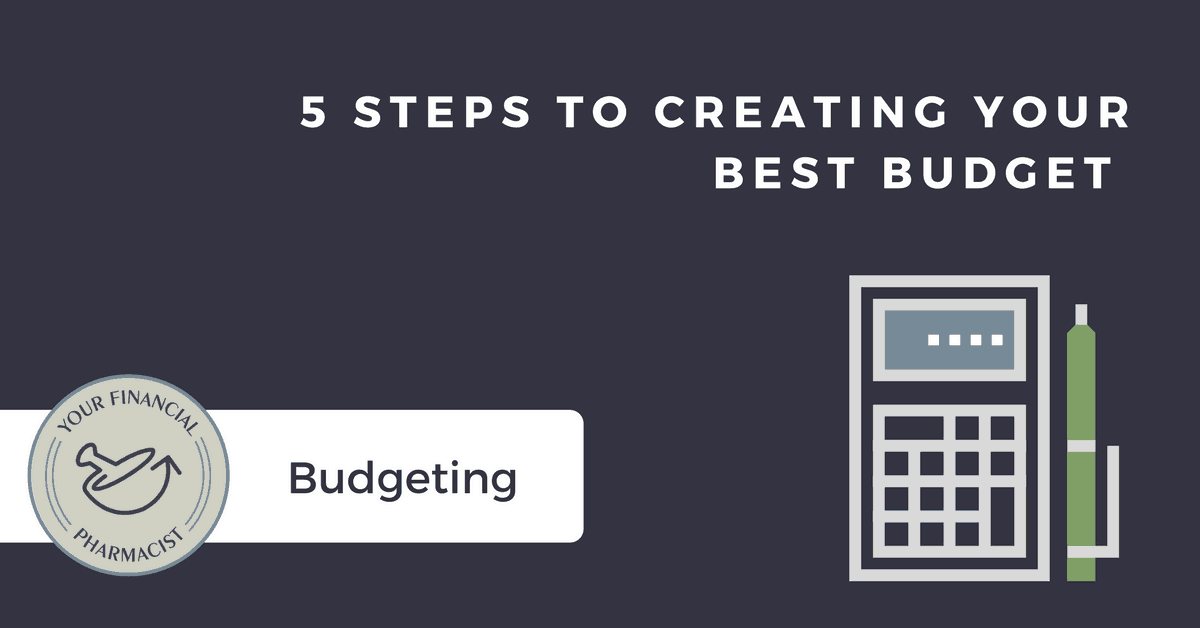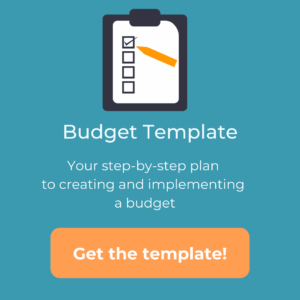Career Break for Pharmacists: A Practical Guide on How to Take a Mini Retirement
The following is a guest post from Nick Ornella, a full-time pharmacy manager at a large retail pharmacy chain. Nick graduated from Ohio Northern University in 2009 and took a career break in 2016 to travel the world for a year. He currently lives in Cincinnati, Ohio with his wife, Alanna. In 2019, Nick created The Young Professionals Guide to A Year Off, a blog to help others plan a year of traveling. You can contact Nick anytime at [email protected].
Have you ever considered taking a year off from your job? Radical I know. But imagine you could spend the next 365 days however you wanted.
I know what you’re probably thinking. “How could I possibly make that happen with six figures of student loan debt, other bills, and financial priorities?”
Despite how unlikely this may sound, I want you to know it’s possible.
I know it’s possible because I’ve done it.
I took a career break from my job as a retail pharmacist at the age of 31 to travel the world for a year, and it was one of the best decisions of my life. I was satisfied with my pharmacy career at the time, but I wanted more out of life. I wanted my own unique story to tell, and I simply wanted the free time while still young and healthy to do more of what I absolutely love doing, traveling and exploring.
After paying off all my debts, saving a big chunk of money, and getting a leave of absence approved, I traveled through 15 states in America, 15 countries in Europe, and 3 countries in Africa. It was an unforgettable year. I returned to my pharmacist job immediately after, completely refreshed and eager for new challenges.
Taking a career break is a decision that I believe many pharmacists can make and would benefit greatly from.
In this post, I discuss why I think pharmacists should take career breaks and provide a step-by-step practical guide for making it a reality. I also talk about some of the things I have learned from my own journey.
Why take a career break as a pharmacist?
To pursue happiness, the ultimate currency
In his book Happier: Learn the Secrets to Daily Joy and Lasting Fulfillment, Harvard psychology professor Tal Ben-Shahar describes happiness as the “ultimate currency” and states that “Happiness is the highest on the hierarchy of goals, the end towards which all other ends lead.” I believe that the best way to increase happiness is by increasing the proportion of time that you spend doing the activities that mean the most to you, not by pursuing more material wealth and possessions. A career break is how you achieve that time.
To pursue passions outside of a pharmacy career
Unfortunately, many of our own personal goals that would bring us the most happiness are non-money making pursuits and are outside of our pharmacy careers. We cannot earn a living doing them, so we need to create the time for these activities and greater life goals. This is accomplished through a career break. Spending more time with family, doing volunteer work, and traveling are just a few examples of what those greater passions might be.
A career break is also a perfect opportunity to invest a substantial amount of time in a side hustle or other business idea. These pursuits are often very difficult to get off the ground while working full-time, so a career break creates that required time. Who knows? These side hustles could end up being your path to a more fulfilling full-time career.
Studies show that the presence of meaningful relationships is a great indicator of overall happiness. As a pharmacist, it’s sometimes difficult to develop and maintain those meaningful relationships because of unusual pharmacy hours and because pharmacists are often too tired after work to engage with friends and family. A career break creates all that extra time and energy to improve relationships and build new ones.
To help prevent job burnout
With high daily demands and increasing competition among big pharmacies, burnout as a pharmacist is a very real possibility. In a 2014 National Pharmacist Workforce Study, 45% of pharmacists interviewed reported that their job had negatively impacted their mental and emotional health. That’s a lot of unhappy pharmacists.
A 2010 study published in The Journal of Applied Psychology found that overall well-being of college professors rose during and after a sabbatical. I believe that pharmacists would experience similar benefits, live happier lives, and avoid job burnout with a career break.
To help with the saturated pharmacist job market
According to Alex Barker of The Happy PharmD, the supply of pharmacists in the job market is outpacing the demand. And if you’re a retail pharmacist, it’s likely you or a colleague has been affected by recent cuts in hours. This means there are many pharmacists out there looking for jobs and more hours. Pharmacists taking career breaks will help alleviate this over-supply and create job opportunities for other pharmacists.
To infuse the profession with more creativity
The pharmacy world needs more creative thinkers. Many problems within the healthcare industry, like compliance, health literacy, and high costs of medications, require creative solutions. Career breaks will help give pharmacists the free time away from the stresses of work to think deeply about the problems affecting the healthcare industry and come up with those creative solutions.
From an employer’s perspective, to improve company loyalty
Want to improve company loyalty and retain the best pharmacist talent? Offer your pharmacists the opportunity to take a year-long career break. Guarantee them a job with the same number of hours worked per week upon their return. Make them sign a contract saying they will work for you for a certain number of years before or after the break. Maybe even partially subsidize their health insurance for the year. This will help keep your best pharmacists from leaving the company due to burnout and help avoid the high costs of finding a permanent replacement for them.
How to take a career break as a pharmacist
Now that I’ve hopefully convinced you that a career break for a pharmacist is a really good thing, let’s look at the step-by-step process for making it a reality.
Step #1: Get out of debt and stay out of debt
The most important step towards a pharmacist career break is getting out of debt. That means you should pay off all student loan debt, car loans, and credit card debt before leaving your job. That way you’re more financially secure.
Step #2: Save money
There are several big chunks of money you need to save before a career break. Let’s take a close look at each.
Emergency Fund – $15,000
The rules that apply to emergency funds while you are working can be carried over to building an emergency fund for a career break. You need approximately 6 months worth of living expenses set aside to cover any emergencies while gone and for when you return to work. This money will cover any unexpected costs like sickness or car trouble.
Retirement Savings – A Good Start
I think it’s important to get a good start on your retirement savings before taking a career break to help ensure you reach all your future financial goals. But what’s the definition of a “good start”? Some experts suggest having a percentage of your annual salary saved by each age milestone. For example, by the age of 30, you should have 50% of your annual salary saved in retirement funds. But I don’t think that’s realistic for someone wanting to take a career break.
Here’s how I would suggest getting a good start on retirement savings:
1. Figure out how much you’ll want to have saved when you retire.
2. Use YFP’s savings calculator to figure out how much you need to save per month to reach this goal.
3. Set this money aside in your retirement accounts each month while paying off debt and saving for your career break. Make sure to at least get your company’s 401(k) match.
4. By the time you have enough money saved for your career break, you will have a good start on your retirement savings.
5. Plan on working an extra year or two at the back end of your career to make up for the money you don’t save for retirement during your career break.
Career Break Fund – $40,000 for a year long career break
The amount of money you can spend on a career break can vary wildly as it It depends on where you want to live and what you want to do. I think $40,000 is an excellent amount of money to save. This will give you enough money to cover your living expenses with plenty left over for the pursuit of your dreams.
Keep in mind, it’s possible to cut your living expenses way down and make only $20,000 last a whole year. Or you can plan a 6 month career break and spend $20,000. The longer the break, the better, so shoot for one year. And the more money you have saved, the less you have to worry about.
Here’s a quick breakdown of a $40,000 career break budget:
1. $12,000 for housing
2. $5,000 for food
3. $6,000 for health insurance (or only $1,200 for travel insurance)
4. $1,000 for cell phone service
5. $1,500 for car insurance
That makes a grand total of $25,500 for all of these essentials and leaves $14,500 to spend as you please and to pursue your greater life goals.
If you are concerned about missing out on investing for a whole year you could also budget in an additional amount to take advantage of dollar cost averaging but you would have to contribute toward non-retirement accounts.
Step #3: Create the time away from work
There are two ways to create the time away from work: quit your job or get a leave of absence approved. I believe it’s far better to get a leave of absence approved over quitting. That way you have some sort of a guarantee of work to return to at the end of your break.
To get a leave of absence approved, you need to do some research. Check your company’s HR website for the appropriate forms and policies regarding leaves, then get the required signatures. I was a staff pharmacist when I took my leave, and I needed approval from my pharmacy manager, my district supervisor, and someone in the leaves department. Start this process at least 3 months in advance to give your employer plenty of time to find your replacement.
Some quick tips for getting your leave of absence approved:
1. Be the best employee your company has: become a pharmacy manager, work at the store no one else wants to work at, reach all your metric goals. The more valuable you are to them, the more likely they are to approve your leave.
2. Work for a large retail pharmacy chain. They are more likely to have the pharmacists available to cover you while gone and a formal leave of absence policy.
3. Make your leave a win-win situation for both you and your employer: get licensed in a nearby state, get MTM certified, volunteer at a health clinic in Africa, do anything that will make you more valuable to your company.
4. Read this article for a more in-depth look at a leave of absence.
Step #4: Eliminate monthly expenses
Once you are debt free and have all the money saved, it’s time to start eliminating any monthly expenses, like Netflix and gym memberships. By the first day of your career break, the only bills you should have are a cell phone bill, car insurance bill, health insurance or travel insurance bill, and your pharmacist license dues.
If you own a home and plan on traveling, you should strongly consider selling it before your leave. It’s possible to rent it out while you are gone, but I believe there are too many headaches that could arise. If you want to keep your home, you’ll need to factor in the additional costs of your mortgage and all bills related to your home and save that amount of money beforehand.
Step #5: Final preparations
If you plan on traveling for your career break, you need to do the following:
1. Move out of your apartment and store your belongings at a friend or family member’s house.
2. Get required travel vaccines.
3. Purchase travel insurance.
4. Plan out your general travel itinerary and book flights.
If you plan on staying home during your career break, you need to do the following:
1. Make sure you have the money saved to cover your mortgage or rent and utility bills.
2. Purchase health insurance.
3. Plan out how you want to spend your time.
What to do during your career break
Having personal dreams and goals is extremely important for a successful career break. Here are a few tips for figuring out what to do and how to make it successful:
1. Think back to when you were a kid or still in high school or college. What interests did you have then that you would like to pick up again?
2. What areas of your life do you want to improve?
3. Spending more time with friends and family will greatly improve your relationships with them, so how can you spend more time with them?
4. What are your favorite activities outside your pharmacy career? How can you become better at them?
5. Come up with specific goals related to each activity.
Re-entering the pharmacy workforce after a career break
When I got my leave approved, my superiors said they could not guarantee a certain number of hours upon my return and it would all depend on the company needs at the time. If you are one of your company’s best employees, I think it’s possible for you to come right back to full-time work. But be prepared to only work part-time. You will likely have to work your way back up to a staff pharmacist or pharmacy manager position. The most important thing is creating the opportunity to get back to full-time work, and that’s best accomplished through a leave of absence.
I think it’s important to make yourself more valuable and improve your resume while taking a career break. This will increase your job prospects upon your return to work. Improve your pharmacy skills in some way, get additional certifications, and get licensed in another state. If worse comes to worse, you can get a new job or you can move to a different market with better job prospects.
Don’t worry about forgetting how to do your job after a year of being away. It’s like riding a bike and will come back to you naturally after only a day or two. I do suggest doing a couple CE’s on recent drug updates before returning so you’re not behind on clinical information.
Conclusion
I think a career break is quite possible for pharmacists and would greatly improve the happiness levels within the profession.
It’s not an easy thing to pull off, and it’s quite scary at first, but once you jump into it, you’ll realize how amazing it is to have the free time out of the rat race to pursue your greater life goals. The feelings of complete freedom are amazing. I will leave you with a quote that really inspired me to take a career break and make that leap of faith to a happier, more fulfilled life as a pharmacist.
“Twenty years from now you will be more disappointed by the things you didn’t do than by the ones you did do. So throw off the bowlines. Sail away from the safe harbor. Catch the trade winds in your sails. Explore. Dream. Discover.”
– Mark Twain
Current Student Loan Refinance Offers
Advertising Disclosure
[wptb id="15454" not found ]
Recent Posts
[pt_view id=”f651872qnv”]

